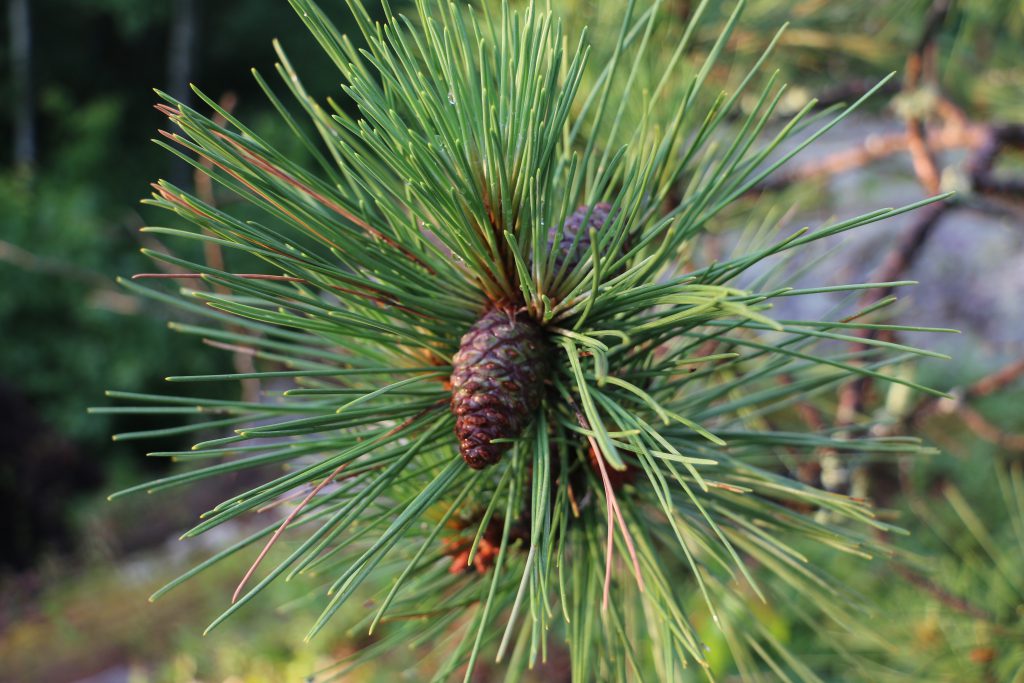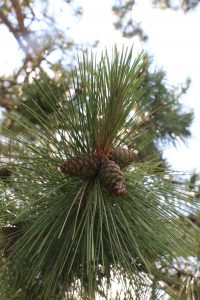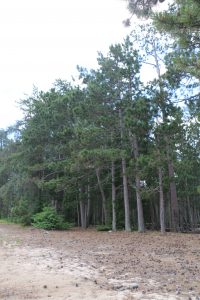Red Pine
Information from… http://www.mortonarb.org/trees-plants/tree-plant-descriptions/red-pine
Red pine is a large native, long-lived evergreen tree of dry habitats.The handsome, tall straight trunk and beautiful red bark add to its beauty. Unfortunately red pine has fallen out of favor as an ornamental landscape plant and not recommended because of its susceptibility to insect and disease problems.
Size & Form
A large evergreen tree reaching 50 to 80 feet high with varying width.
Older trees develop an oval habit with lateral branches that start relatively low to the ground.
Tree & Plant Care
Prefers a dry, loose, sandy soil with a low pH in full sun.
Trees are extremely cold tolerant.
Disease, pests, and problems
The red pine is susceptible to sweeping winds and salt.
Susceptible to many insect and disease problems and not recommended as a landscape plant.
Native geographic location and habitat
Native to the Northeastern United States, from Pennsylvania to Canada and west into parts of Michigan.
Cold hardy to zone 2.
Bark color and texture
The immature bark is orange-red and scaly while the mature bark is reddish-brown in color with large, flat, irregularly shaped diamond plates.
Leaf or needle arrangement, size, shape, and texture
Long, 5 to 6 inch needles in pairs, twisted and serrated.
Flower arrangement, shape, and size
Monoecious (male and female flowers on same tree in separate structures), no ornamental value.
Fruit, cone, nut, and seed descriptions
Cones are small, 2 to 3 inches long, light brown, typically found in pairs or singular, and stalkless.




Leave a Reply
You must be logged in to post a comment.